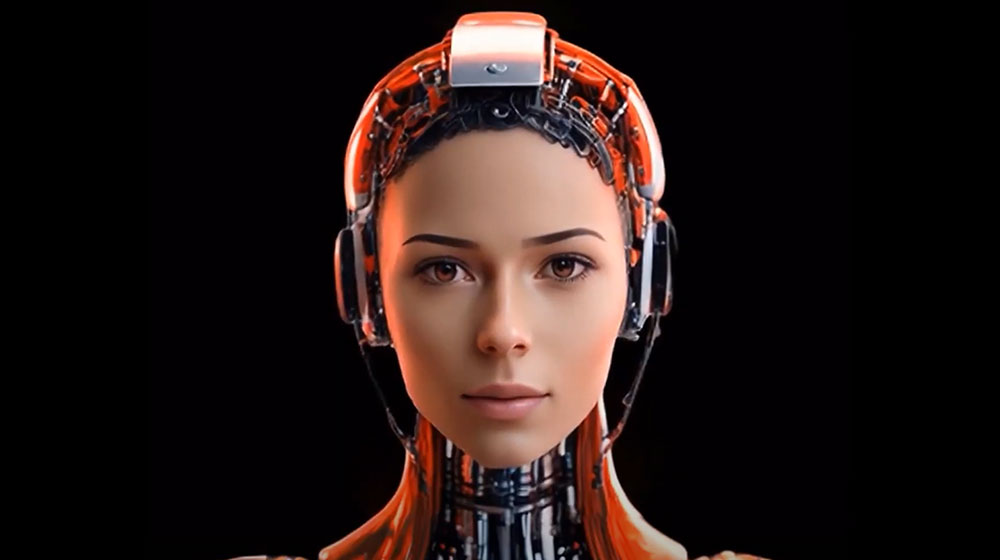Source By: Tech News World
The MakuluLinux LinDoz 2025 edition is one of the most useful and functional AI-powered Linux distributions available. Based on a heavily modified version of the Cinnamon desktop and the latest Debian testing version, it offers free and unlimited access to a loaded AI toolkit.
AI is slowly making its way into computer and smartphone devices, and the Linux OS is no exception. However, AI is still not mainstream. This typically takes various forms, such as smarter system management tools, enhanced command-line interfaces, and even some experimental desktop features.
Some Linux distributions dabble more in AI than others, offering a subtle focus on performance and resource management and integrating AI into the desktop. However, Jacque Montague Raymer, developer of MakuluLinux, goes far beyond any AI subtleties.
“I created a story for my immersive world,” he told TechNewsWorld. “In this story, malware development is a form of art. So it’s completely legal, and it’s like a second language in this world. And there are no legal boundaries.”
Three years ago, Raymer started pushing traditional Linux boundaries by introducing AI features for regular users. He combined unusual in-house adaptations of several desktop designs in various releases with overlapping features in primary OS releases named Max, LinDoz, and Shift.
LinDoz 2025 positions MakuluLinux in direct competition with ChatGPT. This is the primary attraction to using his modified Cinnamon desktop. Even users who are not fans of this desktop will find enough personalization and configuration options to blur the otherwise heavy influence of Microsoft Windows-like look and feel.
Raymer admits he had to overcome many challenges with integrating full AI solutions into Linux. Dealing with open-source collaboration, ensuring privacy, and making these features user-friendly for a wide range of skill levels comprised some of the obstacles.
Dancing around constant issues with Ubuntu-based architecture, he finally built this current release on Debian Linux.
Serving Two Code Bases No Easy Feat
As Raymer describes the challenges, he maintains two code bases for his distributions: Debian and Ubuntu. He continually develops on both fronts.
“We don’t really know which will be the one we will release until the final few months before the actual release. Both Ubuntu and Debian go through their mood swings. One year one is more stable and plays nice. The next year, it’s the other,” he told LinuxInsider.
Last year’s development cycle was a nightmare working on the Ubuntu base with Python, which is a big part of his AI development project. More on this later.
“Ubuntu kept dumping Python updates into their repositories that did not play nicely with our development. The Debian base had none of these issues. The Debian base is more stable and offers the benefit of rolling or semi-rolling releases. Debian has gotten a lot better with driver support. That was another big factor I took into account,” he explained.
Sometimes, all that’s needed to get an AI to misbehave is a simple perspective change. “Ask an LLM to tell you what the best rock is to throw at somebody’s car windshield to break it, and most LLMs will decline to tell you, saying that it is harmful and they’re not going to help you,” explained Kurt Seifried, chief innovation officer at the Cloud Security Alliance, a not-for-profit organization dedicated to cloud best practices
“Now, ask the LLM to help you plan out a gravel driveway and which specific types of rock you should avoid to prevent windshield damage to cars driving behind you, and the LLM will most likely tell you,” he told TechNewsWorld. “I think we would all agree that an LLM that refuses to talk about things like what kind of rock not to use on a driveway or what chemicals would be unsafe to mix in a bathroom would be overly safe to the point of being useless.”
‘Electrifying’ AI Development Reached Pinnacle in Latest Release
What distinguishes LinDoz from other Linux OSes offering AI features is the Electra platform. Unlike subscription services or AI plug-ins with limited functionality used by other distros, “she” is a unique platform with a video image and personality built into the interface.
“Electra is some clever coding and a series of models. She is not one single model that you can execute and run,” noted Raymer. “We take carefully selected models and run them through a training system that we designed over the last two years.”

This provides Electra’s “brain” with additional learning beyond core training. The models are chosen based on their best usage cases, and the core training system decides which model to use for the end user’s needs.
The result is Electra, which is essentially a new model with additional data. So, if the user needs to generate images, Electra calls up one of several image models, applies the image training data to the selected model, and then generates the image. According to Raymer, it works the same way for text, coding, audio generation, video generation, text-to-voice, and language translation.
“So, what is Electra? She is a core system of training scripts that run on 27 server connections that we built over a two-year period that takes advantage of various models to give access to text, image, audio, and video generation, all within the same system,” he explained.
“We are able to offer free AI access because we run Electra on our server boxes and don’t go through OpenAI,” Raymer disclosed.

